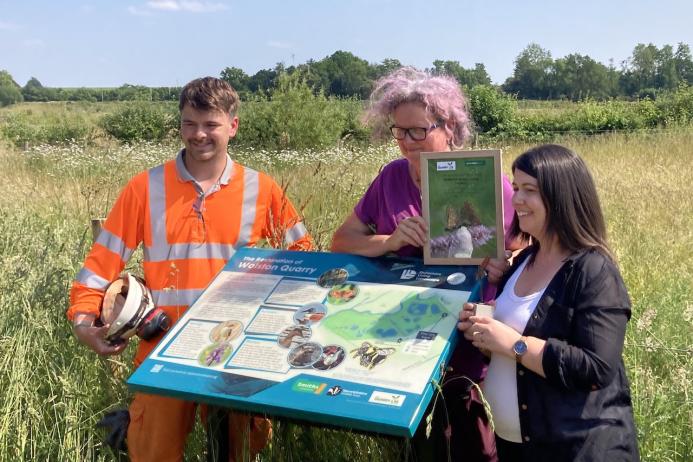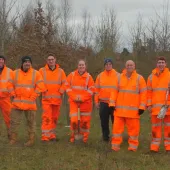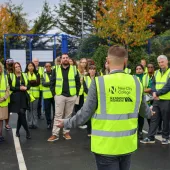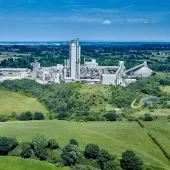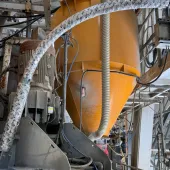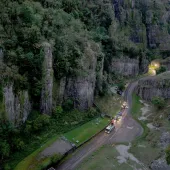Award-winning biodiversity project brought to life
Smiths Concrete’s award-winning ‘Quarry Life Trail’ through Wolston Fields Quarry goes live
THE team behind a prize-winning collaborative community project recently visited Smiths Concrete’s Wolston Fields sand and gravel quarry, in Warwickshire, to see their proposals come to life. Smiths Concrete operate as a joint venture with Hanson UK.
Lucy Hawker from Dunsmore Living Landscapes, a Warwickshire Wildlife Trust-led project, and teacher Hannah Griffith from St Margaret’s Primary School in Wolston, Warwickshire, won first prize for a UK Community Project at the international Quarry Life Awards sponsored by Heidelberg Materials.
Their ‘Quarry Life Trail’ through Wolston Fields Quarry impressed judges as an example of how schools can use an active quarry to learn more about the local geology and ancient history, local industry – plus how quarrying can enhance local biodiversity.
The Quarry Life Award is a scientific and education competition which takes place every three years to raise awareness of the ecological value of mineral extraction sites. It is organized by Hanson UK’s parent company, Heidelberg Materials, across more than 20 countries.
The Wolston Quarry Life Trail includes information boards developed with input from Year 6 pupils at St Margaret’s. They colourfully outline the geology and history of the site, including some of the archaeological finds, as well as providing information on the quarrying process and the new nature reserve, created on restored parts of the site. The boards also feature artwork and poetry created by the children who carried out a study looking at the environmental impact a quarry can have – balanced with the need for the materials produced.
Stuart Parker, Wolston Fields Quarry manager, said: ‘This was a great opportunity to work with local stakeholders to show how we can contribute positively throughout mineral extraction and to share details on some of the amazing fauna and flora that calls the quarry home. For example, Wolston Fields is now home to Warwickshire’s largest population of sand martins, with over 80 nesting burrows recorded.’
Smiths’ Wolston Fields site is a sand and gravel quarry at various stages of development, with sections of greenfield grassland, as well as the working quarry and parts that are fully restored.

